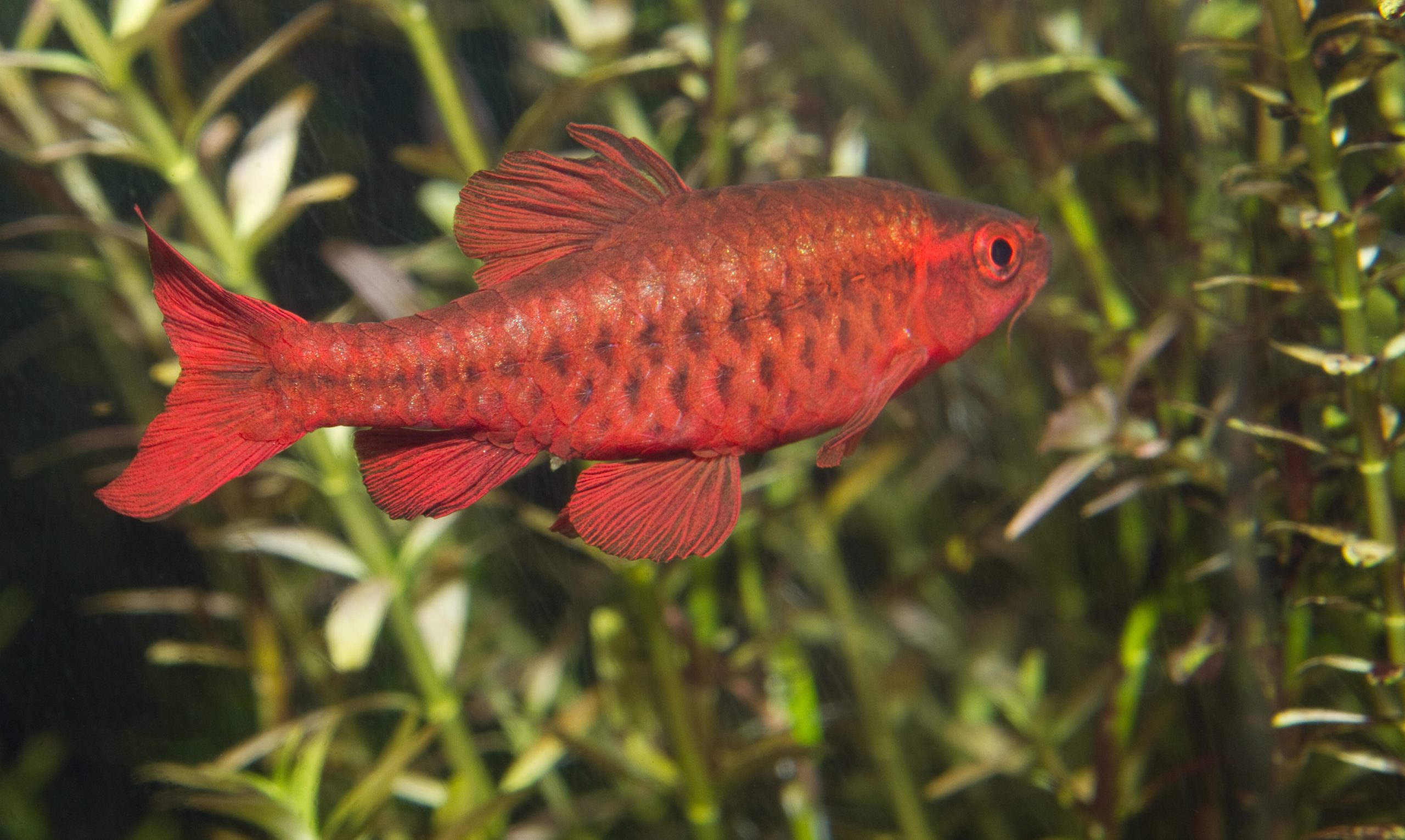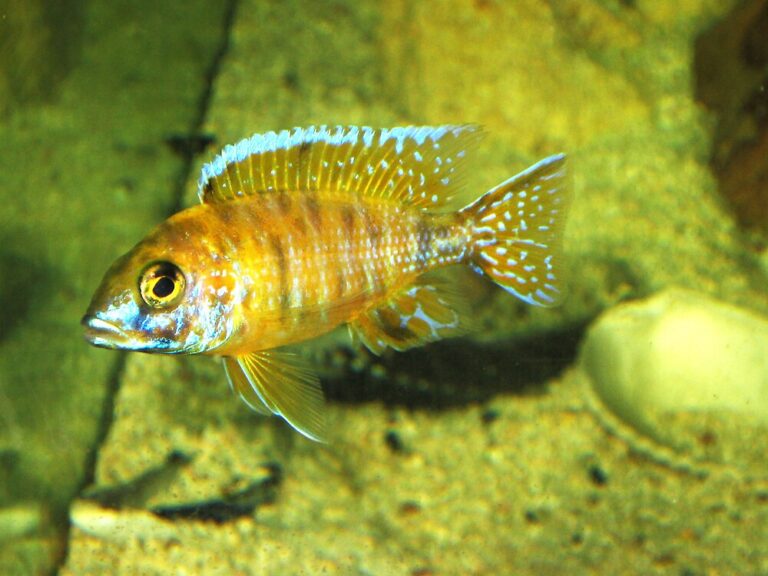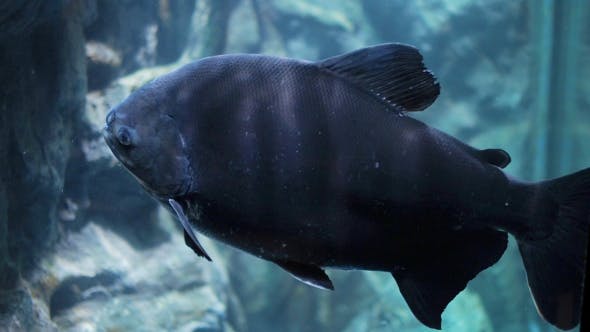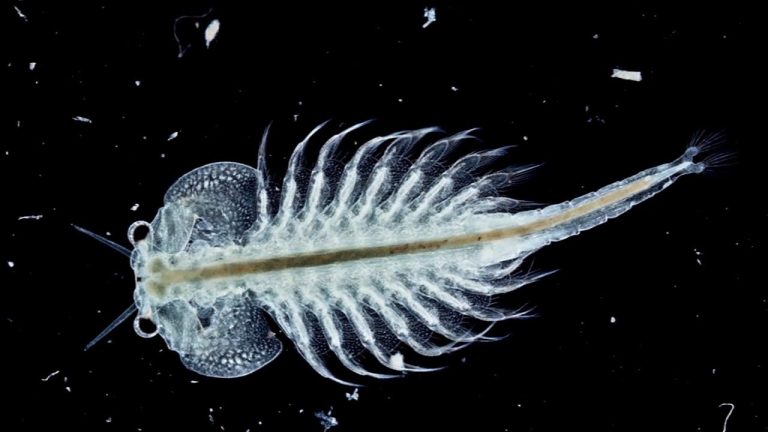Cherry Barb
If you’re a beginner fishkeeper, you may be looking for a colorful and easy-to-care-for fish to add to your aquarium. One popular choice is the Cherry Barb. These vibrant little fish are a great addition to any community tank, thanks to their peaceful nature and striking appearance. In this article, we will explore everything you need to know about Cherry Barbs, from their origin to their care requirements.
What are Cherry Barbs?
Cherry Barbs, scientifically known as Puntius titteya, are freshwater fish native to Sri Lanka. They belong to the Cyprinidae family, which includes other popular aquarium fish like the guppies and tetras. These small fish are named for their bright cherry-red coloration, which is especially prominent in males. Females, on the other hand, tend to have a more subdued orange-red hue.
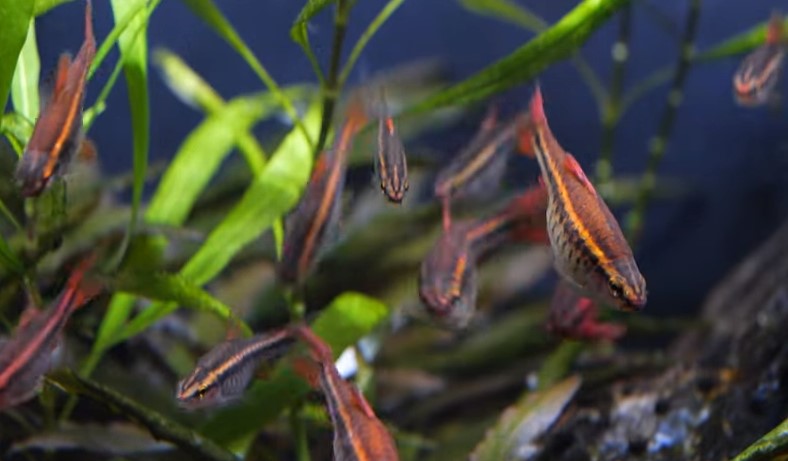
Tank Setup and Water Requirements
To ensure the health and happiness of your Cherry Barbs, it’s important to provide them with a suitable environment in your aquarium. Ideally, you should opt for a tank size of at least 20 gallons to accommodate a small school of these fish. The tank should be well-filtered and equipped with a heater to maintain a stable water temperature between 72°F and 79°F (22°C and 26°C).
Cherry Barbs prefer slightly acidic to neutral water conditions, with a pH level ranging from 6.5 to 7.5. They also appreciate soft to moderately hard water, with a dH range of 5 to 25. Adding live plants to the tank not only enhances the aesthetics but also provides hiding places and helps maintain water quality. It’s important to note that Cherry Barbs are jumpers, so make sure to have a secure lid on your aquarium to prevent any unfortunate escapes.
Feeding Cherry Barbs
When it comes to feeding, Cherry Barbs are not picky eaters. They are omnivorous, meaning they will happily consume a variety of foods. A balanced diet for Cherry Barbs includes a combination of high-quality flake or pellet food, supplemented with live or frozen foods like bloodworms, brine shrimp, and daphnia. Offering a varied diet not only ensures proper nutrition but also enhances the vibrancy of their coloration.
It’s recommended to feed your Cherry Barbs twice a day, in small portions that they can consume within 2-3 minutes. This helps prevent overfeeding and maintain good water quality within the tank.
Behavior and Compatibility
Cherry Barbs are peaceful and social fish that do well in community aquariums. They are generally non-aggressive, both towards their own kind and other fish species. Due to their small size, they may become targets for larger, more aggressive fish, so it’s essential to choose tankmates carefully. Suitable companions for Cherry Barbs include small tetras, rasboras, and peaceful bottom-dwelling fish like Corydoras catfish.
In terms of social behavior, Cherry Barbs are schooling fish and should be kept in groups of at least 6 individuals. When kept in larger numbers, they feel more secure and exhibit more natural behaviors. The presence of a school also brings out their striking colors, making for a visually appealing display in your aquarium.
Breeding Cherry Barbs
Breeding Cherry Barbs can be a rewarding experience for fishkeepers. These fish are relatively easy to breed, and with the right conditions, they are known to spawn readily in the home aquarium. Creating a separate breeding tank with clumps of fine-leaved plants, such as Java moss, is recommended. This provides hiding places for the female to deposit her eggs and protects them from being eaten by other fish in the community tank.
To encourage spawning, you can slightly increase the water temperature to around 80°F (27°C) and provide a dimly lit environment. The male Cherry Barbs will chase the females, performing a courtship dance, and the female will scatter her eggs among the vegetation. After spawning, it’s advisable to remove the adults from the breeding tank to prevent them from eating the eggs.
The eggs will hatch in about 24 to 36 hours, with the fry becoming free-swimming after a few days. When the fry are large enough to consume food, you can start feeding them a diet of crushed flake food and infusoria until they are big enough to eat larger foods.
Frequently Asked Questions
1. How big do Cherry Barbs get?
Cherry Barbs are relatively small fish, typically growing to a maximum size of around 2 inches (5 cm) in length.
2. How long do Cherry Barbs live?
Under proper care and conditions, Cherry Barbs can live up to 5 years, but their lifespan can vary depending on various factors such as water quality, diet, and genetics.
3. Can Cherry Barbs be kept with larger fish?
Cherry Barbs can be kept with larger fish, but caution should be exercised. Larger fish may see the Cherry Barbs as potential food or may bully them, so it’s important to choose compatible tankmates.
4. Can I keep only male Cherry Barbs?
While it’s possible to keep only male Cherry Barbs, it’s generally recommended to maintain a balanced ratio of males to females to prevent aggressive behavior among the males.
Final Thoughts
Cherry Barbs are undoubtedly a wonderful addition to any freshwater aquarium. Their stunning coloration, peaceful temperament, and ease of care make them a popular choice for both novice and experienced fishkeepers. By providing them with a suitable environment, a varied diet, and the companionship of their own kind, you can create a thriving and visually appealing community tank that showcases the beauty of these vibrant little fish. So why not consider adding some Cherry Barbs to your aquatic family? They are sure to bring life and color to your underwater world.
